Last year, the Institute of Contemporary Art in Miami welcomed over 150 thousand visitors through its doors, of which almost 30,000 were young people. It comes as no surprise that the Institute was justly proud of these figures as it placed it in the top tier of world-class cultural institutions. However, there was a dark cloud looming over the Institute’s apparent success; increases to their marketing budget were not filtering through to their profits, and alarm bells were beginning to sound.

The Institute of Contemporary Art took a step back to consider how other cultural institutions were coping and found that they weren’t doing anything much different. So, they widened the field and took a look at how some start-ups were aligning their marketing, and were shocked by what they found.
Digital technology, and thus digital marketing, have transformed in ways which we could not even have imagined a decade ago. Whilst early-adopters such as young people and tech companies embrace digitalization as an essential friend, longer established brands, and larger organizations have been slow to appreciate its benefits.
In today’s world, competing for attention is a necessary skill; after all, people have only a finite amount of attention. This means that the Institute, like all cultural institutions, is competing against a whole raft of entertainment options. Combine this with ever-changing demographics, trends and increasing expectations, organizations like the Institute of Contemporary Art must embrace emerging technologies and become digital natives to survive and engage their audiences.
Yet, who are their audience? Visitors to the Institute of Contemporary Art are all ages and come from all demographics. However, there are several key demographics of interest to them, one in particular they were drawn to: young people.
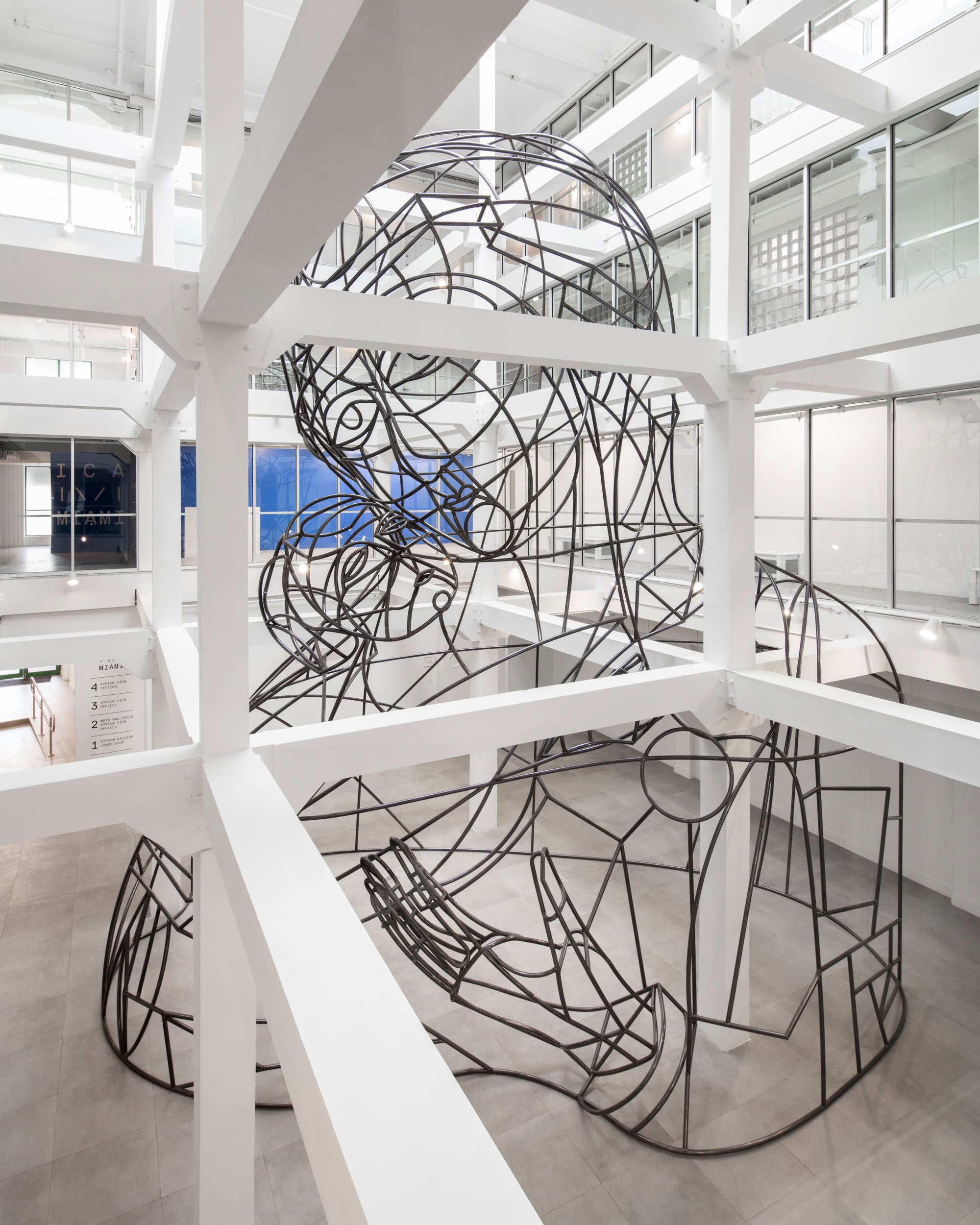
The young are early adopters of technology, engrossed in social media, acclimatized to consuming data, and eager to have their thoughts heard. These early adopters are also the acknowledged future of the Institute, and securing their patronage would secure its future.
This is all well and good, and many organizations accept that digital transformation is a necessity, but many do not even know where the starting line lies, not to mention the finish line. Up until a year ago, the Institute of Contemporary Art were one such organization, keen to harness digital technology, eager to improve productivity, engage a new audience, whilst developing innovation, driving quality, and ultimately improving ROI. Now, all that has changed, this is the story of how they did it.
Where They Were
The Institute of Contemporary Arthad been struggling with Blackbaud, a distributed, dated, and bloated piece of legacy museum software which had evolved over a lengthy period. This museum software system was typical of many pre-millennial data-centric installations which provided little in way of customer insight. Blackbaud’s multi-application architecture was disjointed and protracted at best, unreliable and counter-productive at its worst. The Institute realized that their existing marketing strategy was not working for a number of reasons:
- Reducing ROI
- Limited social media engagement
- Stagnant website footfall
- No clear digital marketing targets
- No clear business roadmap
- Aged on-site kiosk and POS, and limited digital merchandizing capabilities
- Poor understanding of their customers
The museum software, Blackbaud, was difficult to operate, maintain, secure, and syncing was unreliable. It offered little capacity for understanding their existing customers, and none for acquiring and nurturing new ones. This manifested itself in reduced customer experience, limited data collection and analytical capability, and low staff engagement. The Institute realized that the way forward for it was no longer with an on-premise platform, but with a cloud-based solution. This decision was based on the cloud’s ability to offer reliability, security, scalability, ease of deployment and maintenance, and managed budgeting.
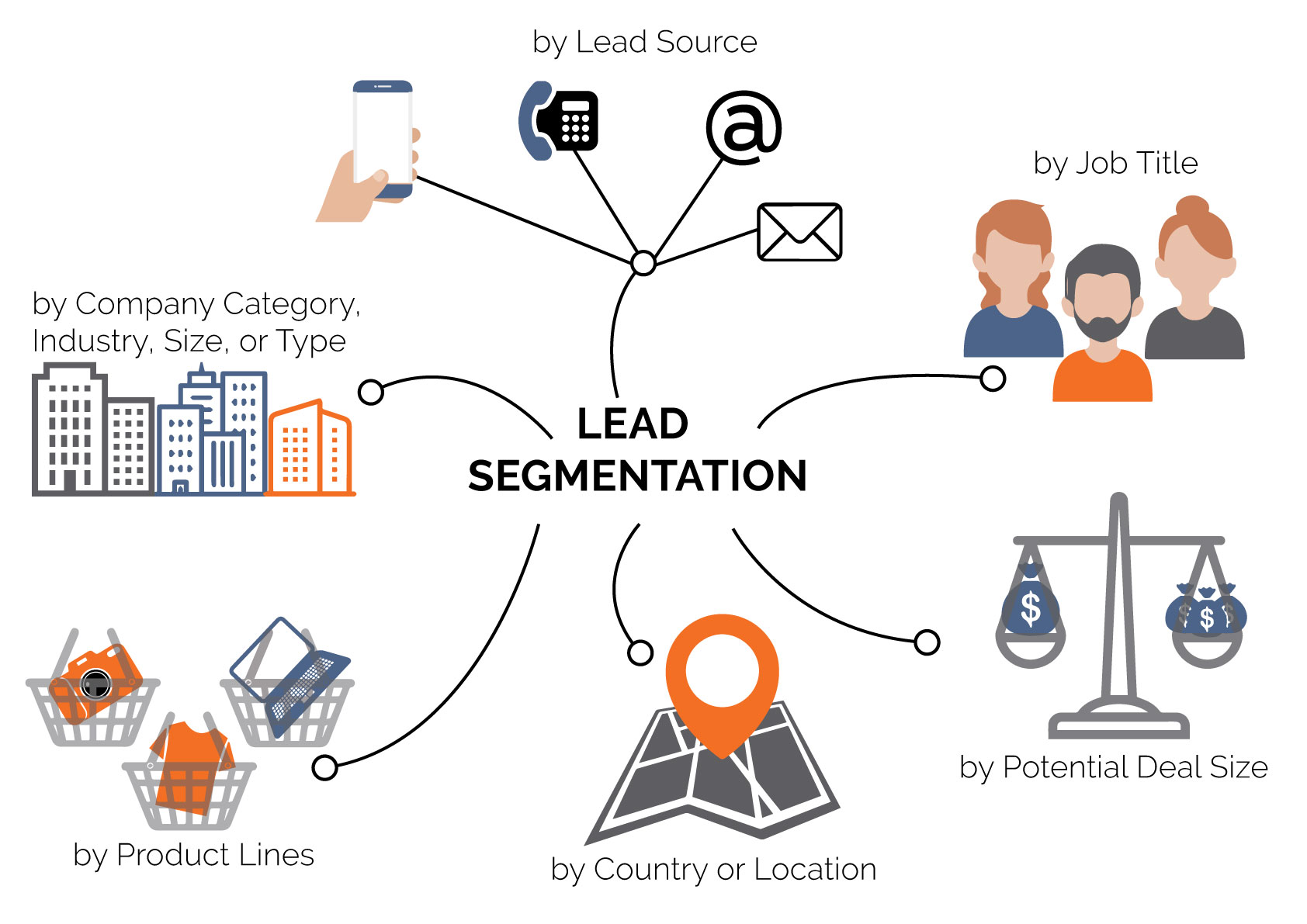
As part of the digital transformation, one of the key requirements for the Institute was that their customers, especially their younger customers should be firmly placed at the center of the design. They wanted the system to positively encourage customers to interact with the institution in a variety of ways including:
- Visiting the Institute
- Being part of its membership, donorship, and events programs
- Distributing the Institute’s messages across multiple digital channels
- Encouraging customers to add value to the Institute’s digital presence by belonging to groups, participating in blogs and discussions, offering reviews and advice, and even volunteering
- Purchasing from the online and physical stores
By combining these aspects, the Institute of Contemporary Art aimed to drive the concept of a customer-centric approach which would increase ROI from their digital marketing.
What They Did
The Institute of Contemporary Art chose to move away from the Blackbaud software and digitally transform their existing software into a cloud-based platform on which to build their innovative business approach. They required a museum software system which could:
- Manage customers
- Store and manage digitized artefacts
- Provide an online and physical POS
- Provide a dynamic and multi-channel online presence
To achieve this, the Institute implemented Veevart, a Salesforce CRM solution specifically designed for galleries, museums and cultural Institutions. Veevart provided the Institute with facilities such as visitor and membership management, ticketing, kiosk, POS, and artefact management.
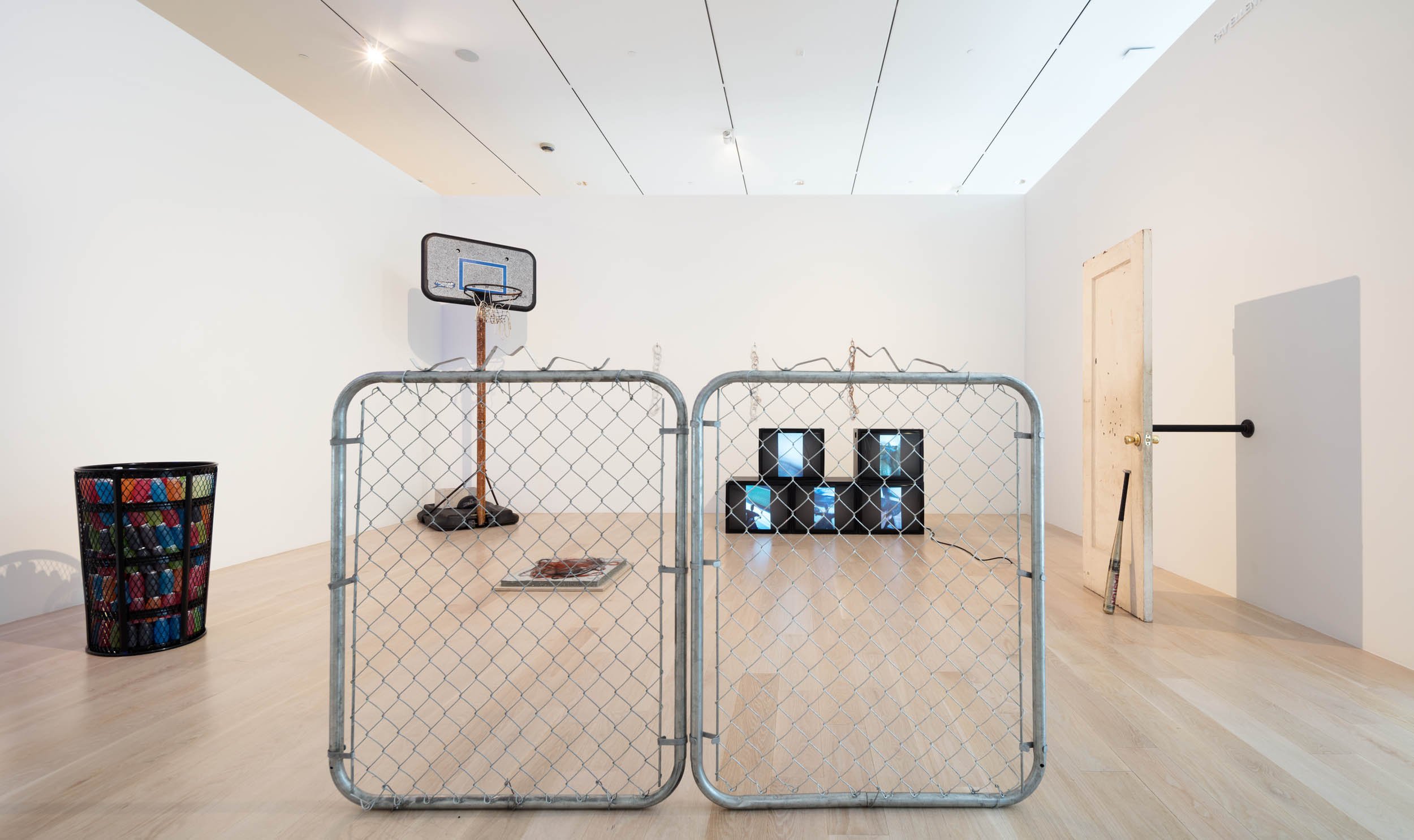
This was complimented by a system called HubSpot which would provide the tools for a digital innovation strategy to achieve their requirements.
We were a little daunted about the whole process, actually, we were nervous.
Head of Curation
The two systems were integrated together through customization provided by Cetrix Cloud Services. This customization provided a bespoke Collections Management System and enabled Veevart and HubSpot to work cohesively together. Migration was through a series of steps with the organization identifying those areas that needed prioritizing. Ultimately, the migration would need to appear seamless to the customer other than them experiencing an exciting new look to the Institute.
Where They Currently Are?
The first major improvement for the Institute of Contemporary Art was in the nature of the entire digital platform; connected, collaborative, secure, universal, and user-friendly were some of the terms they have since used. Veevart would provide the CRM which would allow the Institute to understand their visitors, which in turn would feedback into the digital marketing activities. Veevart would also enable the Institute to build up a digital picture of all of their artefacts.
The HubSpot software would provide the ‘front-end’ to the business as it would deliver a living space where visitors could explore, learn and share. It would also benefit the Institute by providing the visibility and tools for customer management and could automatically track them across the website, social media, and campaigns.
The Collection Management System would provide powerful in-depth documentation of each artefact allowing the collection to be micro-managed internally as well as being discoverable by the public via Google. So, let us consider some of the benefits that the Institute have seen.
On-Site Visitors
The priority for the Institute is that visitors should have the best possible experience. Their experiences include purchasing tickets and membership, queuing, availability and organization of information, Institute navigation, having their say, or simply the Institute’s ambiance. All combine to create a lasting image of a visit. The Institute’s on-site visitors have gained much from the digital transformation, and the following are a few of its current benefits.
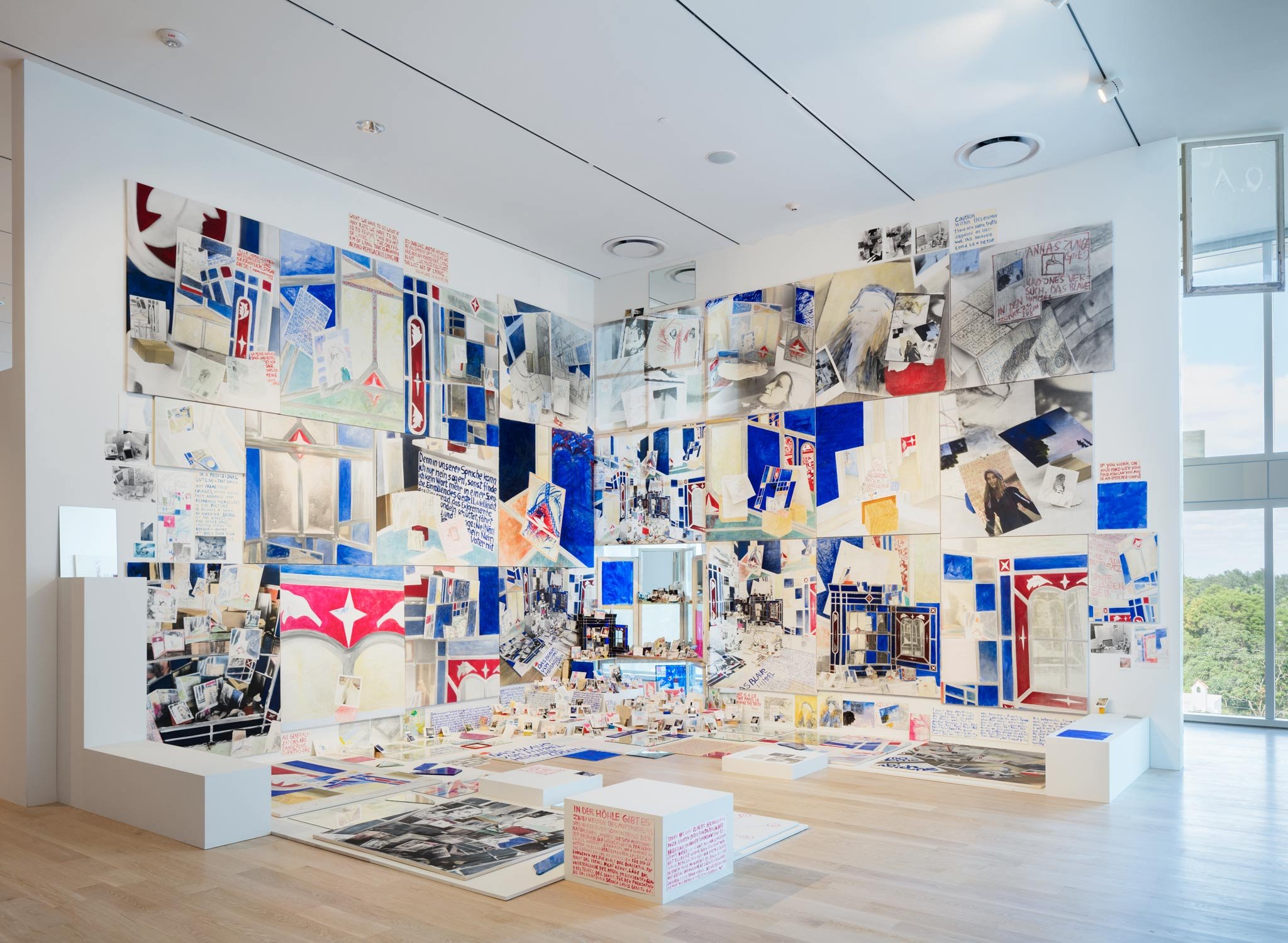
Visitors to the Institute now have the opportunity to download the Institute’s own app which enables them to make the most of their visits. The app filters some of the vast amount of information available and allows visitors to manage their visit at a personal level resulting in a more fulfilling experience. For example, previously, a visitor may have stood in front of an artefact and read the information board before moving on. Fine, but not good enough. Today, using their mobile device, visitors may be able to watch a video of how the artefact was discovered, see a 3D image of it, ask questions, add their own content, talk immersive walks, and view it in virtual reality. This is done through a variety of ways including location-based sensing and bar codes.
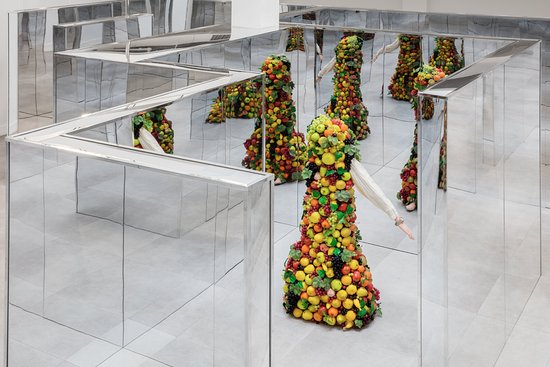
The Institute also operates a unique cartoon character bar code treasure hunt for children, which draws them into a multi-artefact, cross-institute adventure. This is regularly updated to reflect themes which young visitors can relate to, such as current movies and holidays.
The class love to take part in the treasure-hunts on the app
Visiting school teacher
The digital transformation also meant that through the use of Veevart, the museum’s kiosks benefited from a much slicker and easier to use system resulting in reduced queue times, and a more personalized service at the cash desk. Further to this, the membership joining scheme, where operated on-site, was also improved through a simplified process. The automated response to any purchase of membership meant that customers immediately received a personalized email containing a welcome pack and some money-off vouchers for the café and store.
Online Visitors
Improvements to digital marketing included a new website which allows dynamic and pertinent delivery of the Institute’s marketing message. Together with social media, the website offers the opportunity to reach new and diverse audiences over multiple platforms. Expositions, special exhibitions, virtual tours, and exhibit information could be presented engagingly to encourage visitors and refresh repeat visitors’ needs. Part of the website experience is a targeted effort to encourage visitors, especially younger visitors to become more involved in ‘their’ Institute.
Visitors to the website will also find the Collections Access Team who answer and assists enquiries about specific artefacts. Previously, the CAT was over-stretched due to the manual nature of addressing queries, but through Veevart, many responses can now be processed through pre-created templates using data already on the system. This means that the CAT can provide a more efficient process of dealing with public enquiries. The Collection Management System allows the public to search and access a virtual Institute giving them the latest news about current and up-and-coming exhibits.
Because of the online archive, we know exactly what we want to see and how to find it
Institute visitor
Through the use of social media such as blogs, reviews, competitions and quizzes, clients were encouraged to become ‘friends’ with the Institute and to share their experiences with one another. Blogs have become one of the Institute’s main sources for lead generation through shareable, involving, educational, engaging, self-reviewing content. This has been so successful that it has led to an ethos of volunteering among followers.
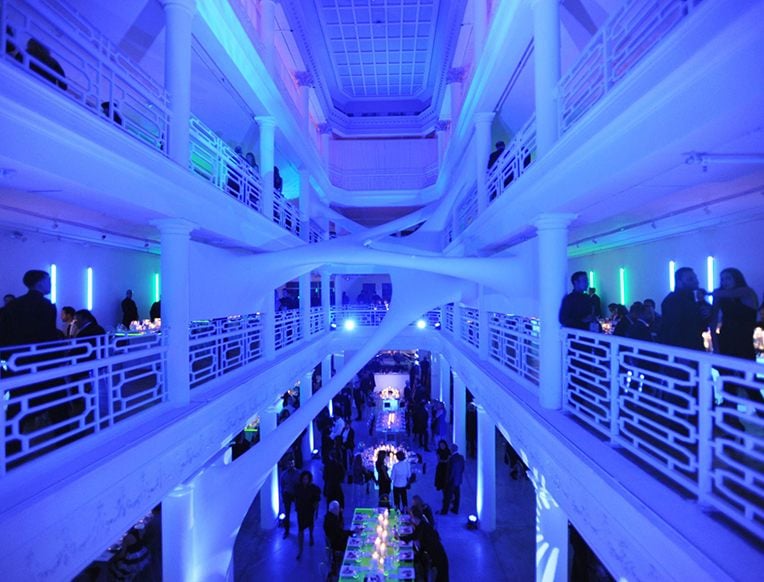
Another customer improvement is the Institute’s online shop. The previous limited capabilities have evolved into an expansive virtual store where the Institute’s products can be dynamically explored, purchased and reviewed. Feedback has been overwhelmingly positive, and purchases from the online store have trebled in the first year which demonstrates that customer feel right at home using it. Finally, an entity in itself, is the Institute’s review system. The Institute is now operating a successful customer review portal for visitors both attending the Institute, for products sold in the store, and for artefacts and special collections. Customers are encouraged to leave and share reviews, and the transparency of the system has been well-received and taken up very positively by customers.
Business Benefits:
As highlighted previously, the new system was designed with the customer at its core and to offer a better experience throughout. This has further benefited the Institute in the form of an improved business model. The Institute of Contemporary Art now benefits by having data which is secure, centralized, synchronized, and accurate. Salesforce looks after the first three aspects of this out-of-the-box. However, the Institute acknowledged that the existing data was just too dirty to continue working with. As part of the transformation process, all of the Institute’s existing information such as customer names, addresses, visit and purchase history, went through a cleaning process implemented by Cetrix.
By using Veevart’s cloud-based Collection Management System, the Institute was able to document details about every asset in their Institute. By recording this data, the Institute benefited from better reporting, asset bar coding, conservation management, and digital asset management. This was essential in managing their collection and allowed exposure of artifacts to their website, blogs and other social media. Together with HubSpot, it enabled the Institute to get real insight into which exhibits and items were most popular with visitors.
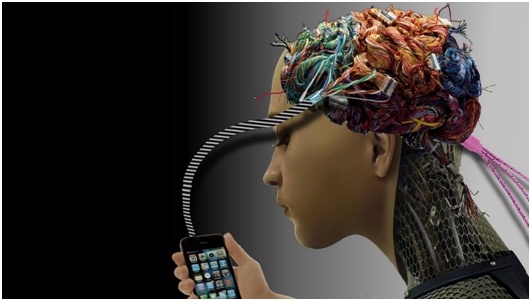
The platform enabled synchronization and collaboration of data which has improved staff performance and engagement, and reduced time-to-market for changes. The reporting tools allow the collected data to be accessible and presented in a meaningful and understandable way. The improvements in the online and physical store have enabled them to sell more, and better describe and promote products, than ever before. As both sides of the retailing facility are on the same platform, data is live, and is also synced with the CRM to make the processing of sales quicker and easier. It has also simplified the cloud ticketing system which has improved the booking process for both customers and the Institute staff.
New POS system makes it so much easier to process a sale – we have happy customers again!
Shop sales advisor
The Institute also introduced streamlined membership application and donor management processes which included auto-fill capability, address look-ups, and user accounts. This not only increased applications in general, but also reduced in-person applications thus improving wait-times within the Institute service areas.
The digital channels were a huge success, and resulted in a hugely inflated social media presence, and genuine interaction with the public.
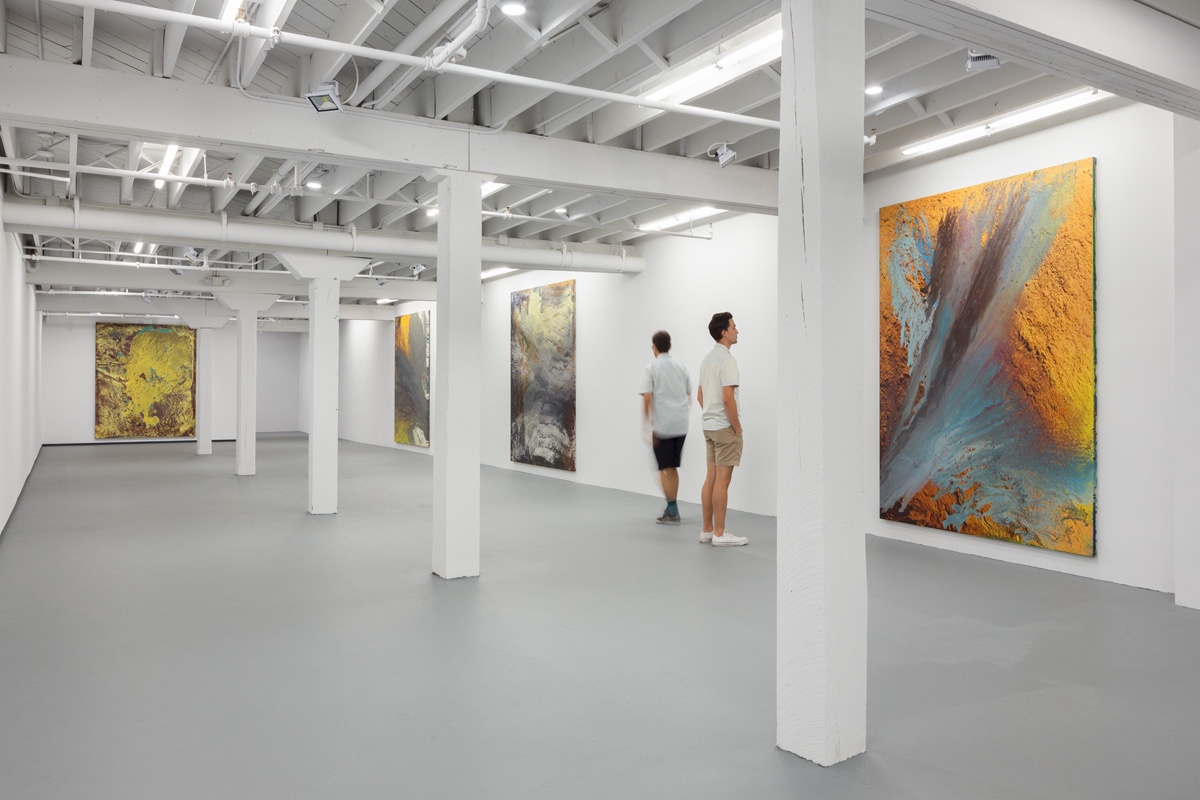
Other benefits included less-tangible ones such as improved business efficiency through more streamlined and defined business processes. The Institute have even re-imagined several business roles and practices, some of which have remained unchanged in decades.
The Institute noted increases in revenue due to:
- Better conversion rates in membership and increased donorship
- Increases in footfall due to an improved social media presence and heightened engagement
- Lower cost of ownership due to a single cloud-based amalgamated system, improvements in working processes and job hot-seating, increased satisfaction in customer self-checkouts.
- An increase in online sales from the virtual store, and more new members.
How Do They Feel Now?
By combining Veevart and HubSpot, The Institute of Contemporary Art were able to gain a 360-degree view of their customers, and through innovative inbound marketing, they are increasing both the quantity and the quality of the gained leads, and returning customers. Dramatic improvements in membership conversion for on-site visitors have enabled the Institute to attain all-time peak figures for active membership and visitors during the 2017 season.
Targeted blogs, edutorials, reviews, recommendations all mean that customer involvement has never been higher, and HubSpot’s reporting facilities mean that the Institute can see exactly what is working, and what is not
"This has directly improved out marketing ROI"
Institute Director
Now at the end their transformation, or at least, the beginning of their new journey, the Institute has readdressed its digital strategy and updated its software system to put it at the forefront of humanized digital marketing. This change has been driven by the speed of change in digital technologies, the growing digital demands of customers, and financial pressures for a more efficient delivery of services.
The work carried out here is of huge historic, cultural and scientific value, but using an Institute is no longer simply a case of an afternoon visit. Digitization has extended the Institute way beyond its own walls. The Institute of Contemporary Art is now in a place where it truly understands its customers and can therefore offer them better experiences and services. They feel like they have finally got a handle on digital marketing, and are confident that their organization’s message can be delivered in an engaging way to its customers for the foresee able future.

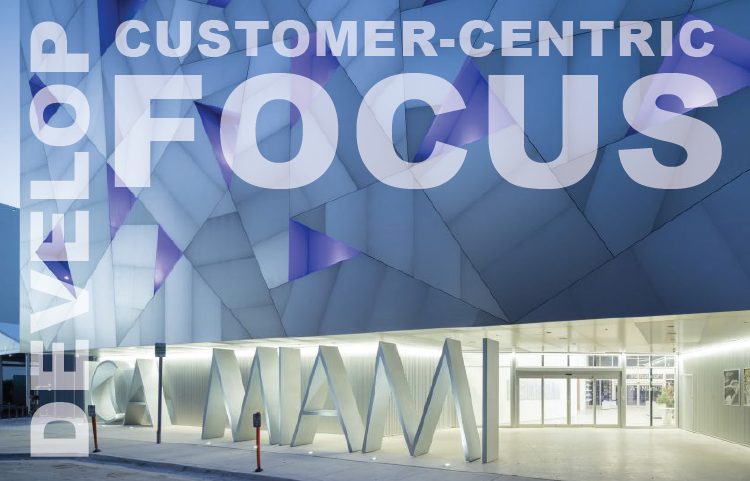
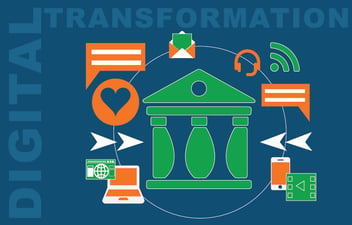
-2.png?width=352&name=header%20(1)-2.png)

Leave a Comment